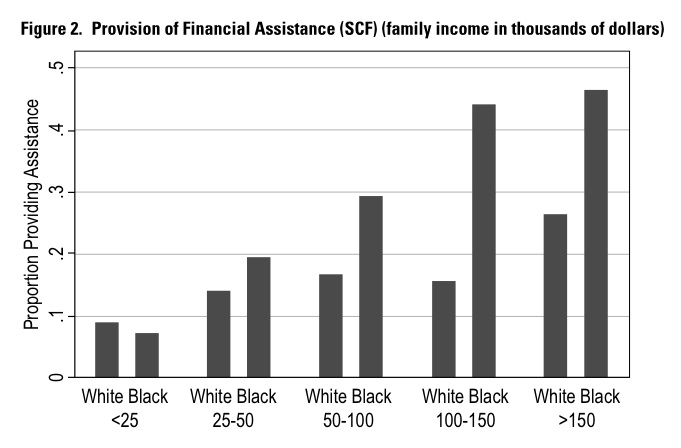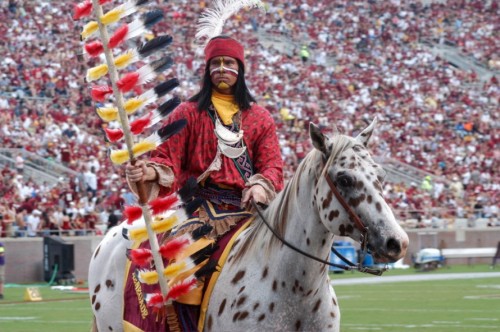John Millward, a self-described “ideas detective,” has done something intriguing. He cracked the Internet Adult Film Database (IAFD) and used a sample of 10,000 porn stars to tell a story about porn. Here are some of his findings.
Demographics
The average female porn star, he discovered, was 5’5″ and weighed 117 pounds. She doesn’t have a double-D bra size; she’s a 34B. And she’s not blonde:
She’s also not disproportionately white. Millward found that the racial breakdown among porn actresses somewhat matched U.S. population demographics:
Race % of actresses % of the population
- White 70.5 78.1
- Black 14.0 13.1
- Latina 9.3 16.7
- Asian 5.2 5.0
- American Indian no data 1.2
Career
The average woman begins her career at 22. This has been unchanged for the last 40 years. The average age for men was 29 in the ’70s, but it’s dropped to 24. Careers were longer in the ’70s. Men quite after 12 years, women after nine. Today men quit, on average, after four years and women after three.
Interestingly, success for male porn stars is much more concentrated than for female. There are fewer of them (70% of all porn stars are women) and they’re less interchanged. Millward reports that 96 of the most prolific porn stars of all time — measured by number of films — are men. Women, on average, do fewer films each. Just over half (53%) do three or more.
Content
The IAFD records all of the sex acts that actors do on film. Accordingly to Millward’s analysis, this is what actresses do:
And here are the roles they play:
Wives in porn, by the way, are not typically having sex with their husbands.
For more data porn, visit Millward’s site.
Lisa Wade, PhD is an Associate Professor at Tulane University. She is the author of American Hookup, a book about college sexual culture; a textbook about gender; and a forthcoming introductory text: Terrible Magnificent Sociology. You can follow her on Twitter and Instagram.

















